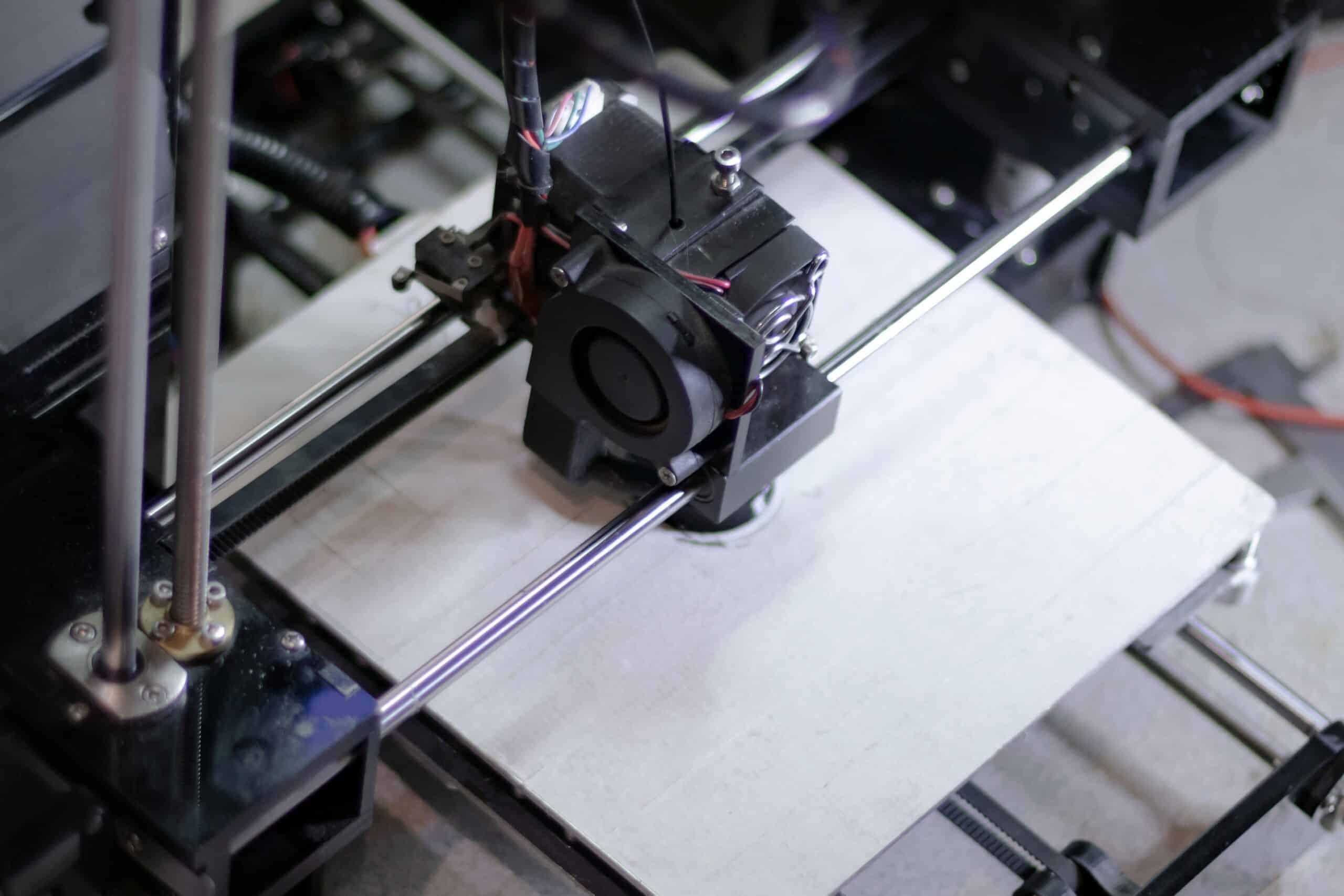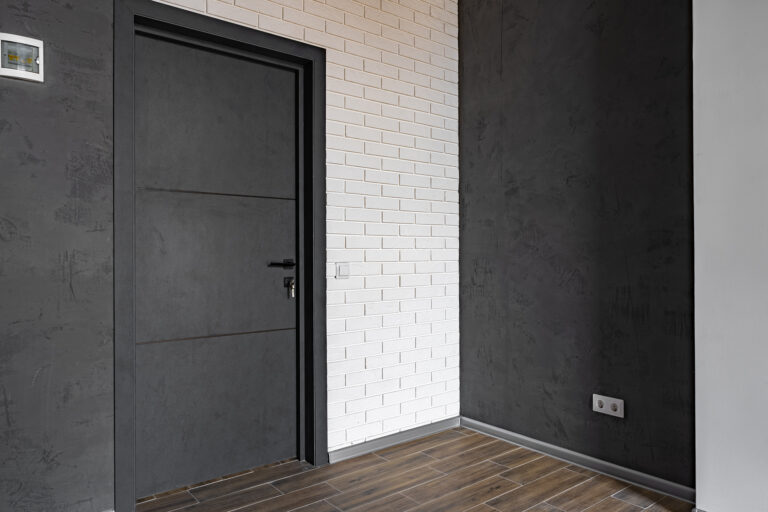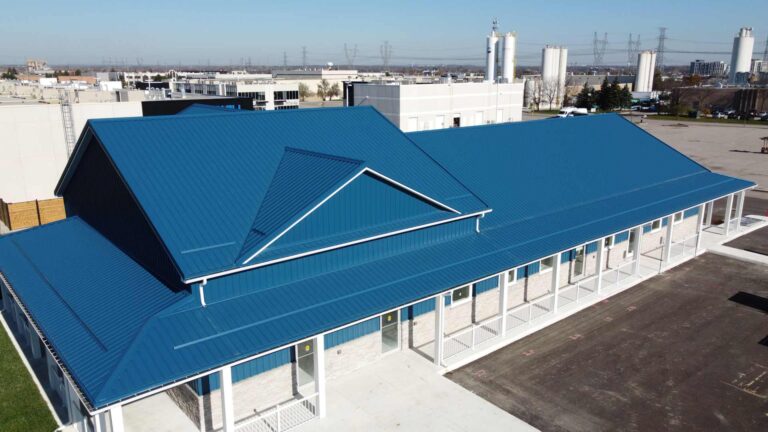As technological developments continue to drive the construction industry forward, 3D printing remains a particularly popular trend. A process that first emerged in the 1980s, 3D printing was too complex and expensive for practical purposes in the first few decades after its inception. However, in recent years, technology has advanced to the point where 3D printing has become easily accessible to a variety of industries as well as consumers. Thanks to its incredible versatility – not to mention cost-effectiveness – it has found a place as an integral construction solution.
3D Printing Overview
3D printing, also known as additive manufacturing, is a computer-controlled process that is used to construct three-dimensional shapes. The shapes are typically created using computer-aided design (CAD) or a 3D scanner. The design is then read by a 3D printer – similar in many ways to a standard inkjet printer – and printed by layering materials repeatedly over an area to build up the desired shape. Depending on the printer and the technique used, it is possible to 3D print in multiple colours or to create multiple components simultaneously.
Plastic is the most common material used in 3D printing, with polylactic acid (PLA) and acrylonitrile butadiene styrene (ABS) being the two most popular options. However, many different materials can be used, including metal, graphene, carbon fiber, and nylon. 3D printers can also be relied on to print highly accurate moulds, which can then be used to create items.
Some of the applications for 3D printing include bridges, walls, benches, and even entire houses. This latter application is especially useful for creating small, cost-effective modular homes. In fact, 3D printed homes are fast becoming a viable option to address increasing housing affordability issues across Canada and around the globe.
Benefits for Construction
The construction industry has long suffered from challenges such as labour shortages and safety concerns. By automating construction processes, 3D printing is able to relieve a significant burden on the industry. It boosts accuracy and efficiency; it improves affordability by reducing waste and labour costs; and it can increase safety by eliminating the need for human workers to enter dangerous environments.
As an added plus, construction is particularly well-suited to taking advantage of the 3D printing process, as the industry already relies on CAD and is capable of providing the required specifications that are needed for design processes. This is true now more than ever, with the emergence of building information modelling (BIM).
With so much potential, it’s not surprising that 3D printing is a trend that has only picked up pace in recent years. As technology continues to improve and 3D printing becomes increasingly integrated into construction, it seems that there is much for the industry to anticipate going forward.
Looking for a team to take the lead on your next project? At Pulse Construction, we’re committed to doing business with an honest, professional, and competitive approach – without compromising safety or schedules. Contact us today for all of your building needs.



